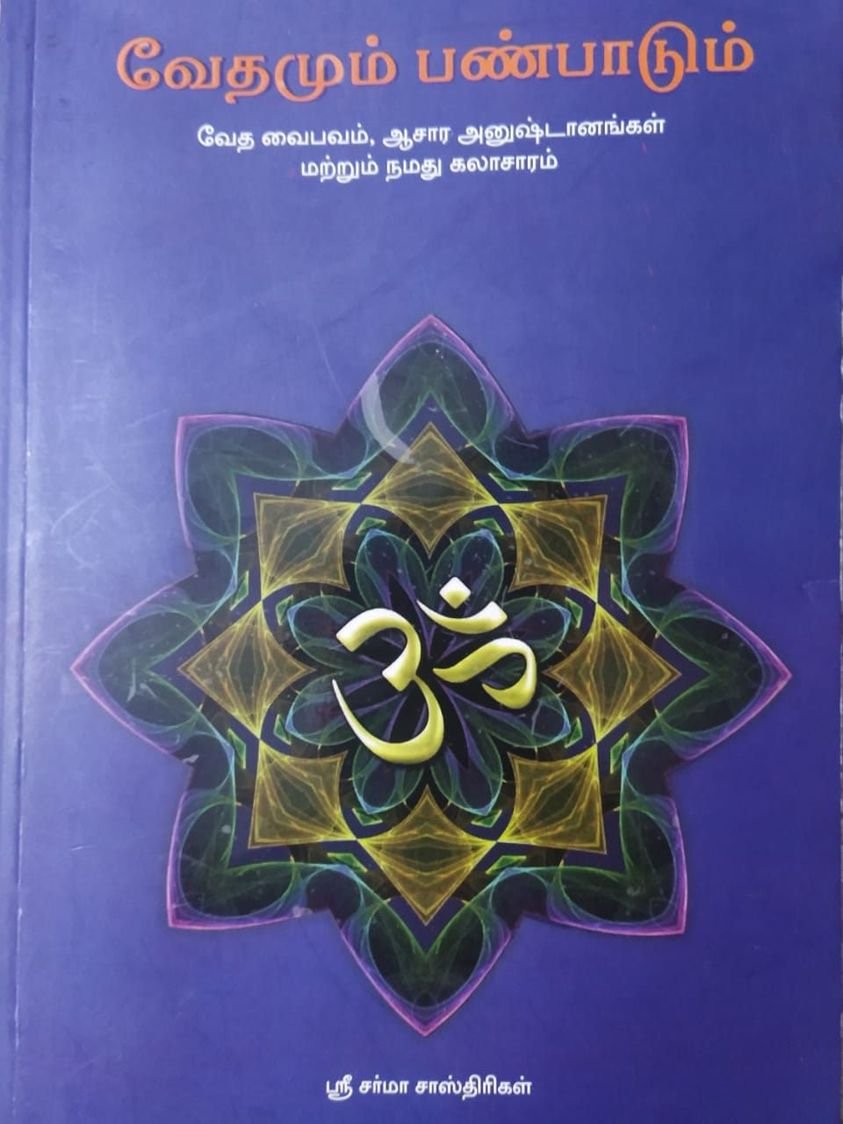
#mymandalapractice DAY-02 / Jan-02, 2023
If technology is the engine that drives businesses, then economics is that which fuels it. One of the great barriers to career progression in the corporate sector is the lack of economics knowledge.
++
If technology is the engine that drives businesses, then economics is that which fuels it. One of the great barriers to career progression in the corporate sector is the lack of economics knowledge.
++

I have seen managers and people in leadership positions who have had their careers derailed because of their economic illiteracy. Of course, there are always those who sail through on luck and/or the gift of the gab but as the old adage goes – Exceptions do not make the rule.
++
++
Edmund Conway’s “50 economics ideas you really need to know” is a book that every aspiring leader/manager must grab hold of – it makes economics not only easy but imminently readable – a classic. Sample the following passage from the introduction:
++
++
‘A dreary, desolate and, indeed, quite abject and distressing [subject]; what we might call, by way of eminence, the dismal science.’
Thomas Carlyle’s description dates from 1849 but has stuck, for better or for worse.
++
Thomas Carlyle’s description dates from 1849 but has stuck, for better or for worse.
++
One should hardly be surprised. Economics is something people usually take notice of only when things go wrong. Only when an economy is facing a crisis, when thousands lose their jobs, when prices rise too high or fall too fast, do we tend to take much note of the subject.
++
++
At such points there is little doubt it seems pretty dismal, especially when it underlines the challenges and restraints we face, spells out the reality that we can’t have everything we want and illustrates the fact that human beings are inherently imperfect.
++
++
The truth, I should add, in typical economist fashion, is fare less simple. If it were merely a study of numbers, of statistics and of theories then the dismal science analogy would perhaps hold more ground.
++
++
However, economics is, to its very heart, the study of people. It is an inquiry into how many people succeed, into what makes us happy or content, into how humanity has managed over generations to become more healthy and prosperous than ever before.
++
++
Economics examines what drives human beings to do what they do, and looks at how they reach when given a limited set of options and how they trade off against each other. It is a science that encompasses history, politics, psychology and, yes, the odd equation or two.
++
++
If it is history’s job to tell us what mistakes we’ve made over the past, it is up to economics to work out how to do things differently next time around.
//END//
//END//
• • •
Missing some Tweet in this thread? You can try to
force a refresh






